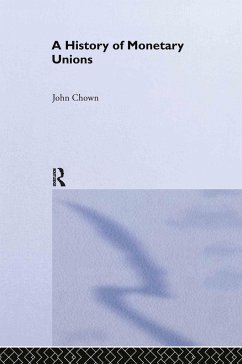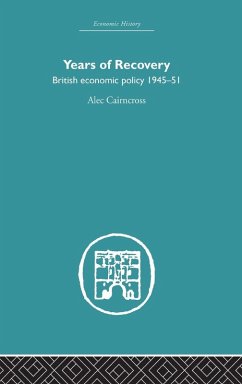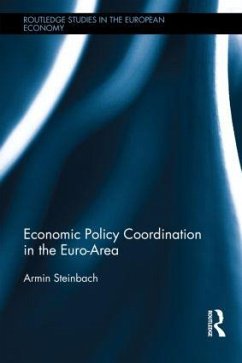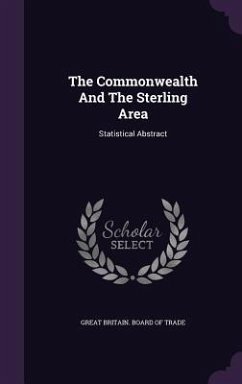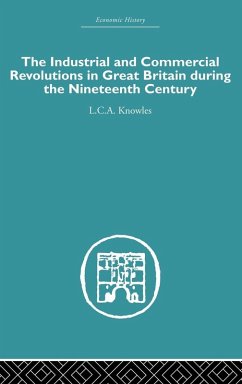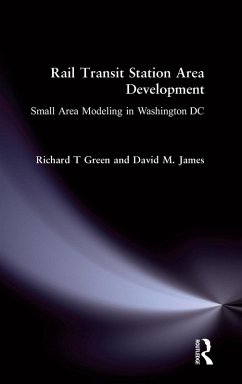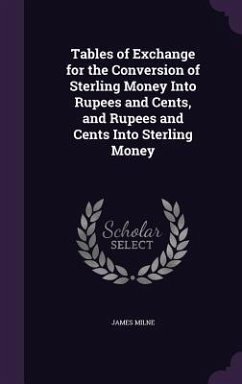
Britain and the Sterling Area
From Devaluation to Convertibility in the 1950s
Versandkostenfrei!
Versandfertig in 1-2 Wochen
222,99 €
inkl. MwSt.
Weitere Ausgaben:

PAYBACK Punkte
111 °P sammeln!
To complement current work on the British domestic economy in the post-war period it is necessary to examine external economic policy. Whilst considerable work has been done on Britain's relations with Europe and with America, the complexities of the sterling area have remained obscure. This volume makes a significant contribution to unravelling the strands of British external economic policy in the post-war period.





